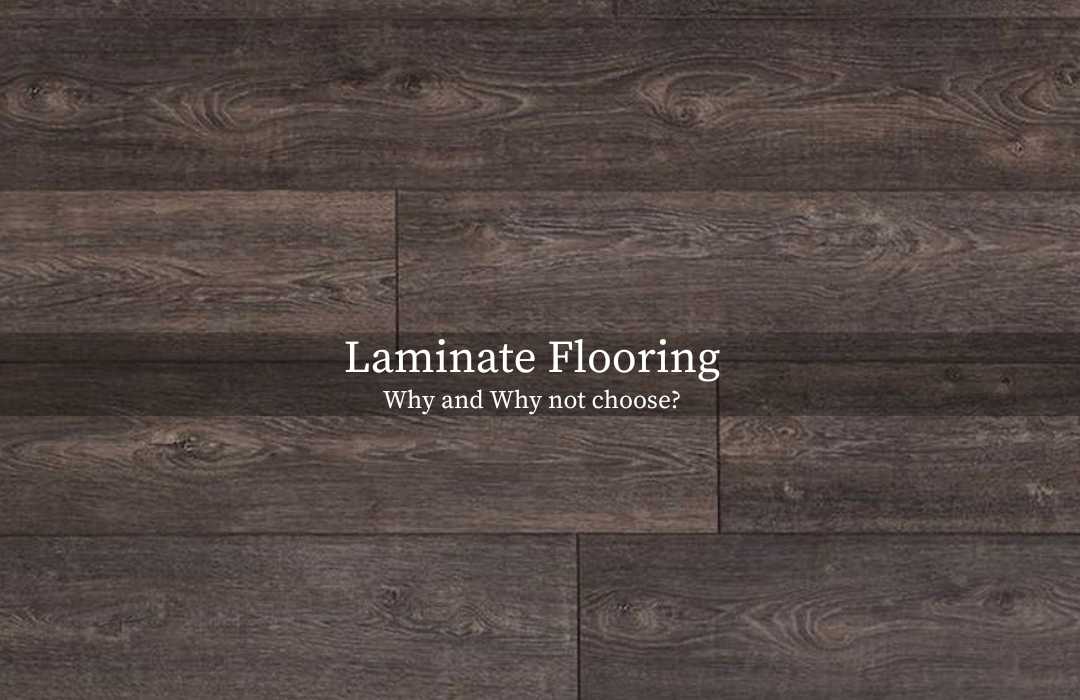Pros and Cons of Laminate Flooring in Kitchens and Bathrooms

When picking flooring for kitchens and bathrooms, it’s important to think about how it will hold up to daily wear and tear, especially since these areas often have a lot of moisture. Laminate flooring is a popular choice because it’s affordable and comes in many designs. But how well does it work in rooms with lots of moisture, like kitchens and bathrooms? Let’s look at the main pros and cons of using laminate flooring in these spaces.
Benefits of Laminate Flooring
Affordability
One of the biggest benefits of laminate flooring is its cost. Compared to hardwood or tile, laminate is typically much more affordable. This makes it a great option for homeowners looking to update their kitchen or bathroom without going over budget.
Variety of Designs
Laminate flooring offers many styles, such as designs that look like wood or stone. This gives homeowners the chance to get the look of real materials like hardwood or tile, but at a lower cost.
Scratch Resistance
In busy areas like kitchens, flooring needs to be strong. Laminate flooring doesn’t scratch easily, which is helpful if you have pets or kids. This makes it a good option for active homes.
Easy Maintenance
Laminate flooring is easy to take care of. Just sweeping and mopping now and then will keep it looking nice. In kitchens, where spills are common, having a floor that’s easy to clean is really helpful.
Quick Installation
Most laminate flooring has a click-lock system, which makes it easy for homeowners to install by themselves. This saves both time and money, making laminate a cheaper option.
Drawbacks of Laminate Flooring
Not Fully Waterproof
Some laminate flooring is water-resistant, but it’s not fully waterproof. This means it can get damaged by standing water or too much moisture, which is a problem in bathrooms. Water can get into the seams over time, causing the floor to swell or warp.
Moisture Sensitivity
In bathrooms, moisture can get trapped under the floor, especially if it's not installed tightly. This can cause problems like mold or mildew. Water-resistant laminate can handle small spills, but it’s not a good choice for places with a lot of moisture or humidity.
Limited Lifespan in Wet Areas
While laminate is durable in dry, high-traffic areas, its lifespan in wet areas can be shorter compared to other flooring types. Kitchens and bathrooms are exposed to more moisture, which can lead to damage over time, reducing the overall longevity of the floor.
Slippery Surface
Laminate flooring can get slippery when wet, which can be unsafe in bathrooms or kitchens. Some types have a textured surface to help with this, but it’s important to think about, especially if you have kids or older people at home.
Potential for Repairs
Laminate flooring is strong, but it’s hard to fix if it gets damaged. If water makes the boards swell or warp, you may need to replace the damaged pieces. This can take time, especially if a lot of the floor is affected.
Should You Use Laminate Flooring in Kitchens and Bathrooms?
In summary, laminate flooring works well in kitchens and bathrooms because it's affordable, easy to clean, and simple to install. However, it doesn’t handle moisture very well, especially in bathrooms where water is common. If you use laminate in these areas, pick water-resistant options and make sure it’s installed properly to avoid water damage. Clean up spills quickly and don’t let water sit to help the floor last longer.





Leave a comment